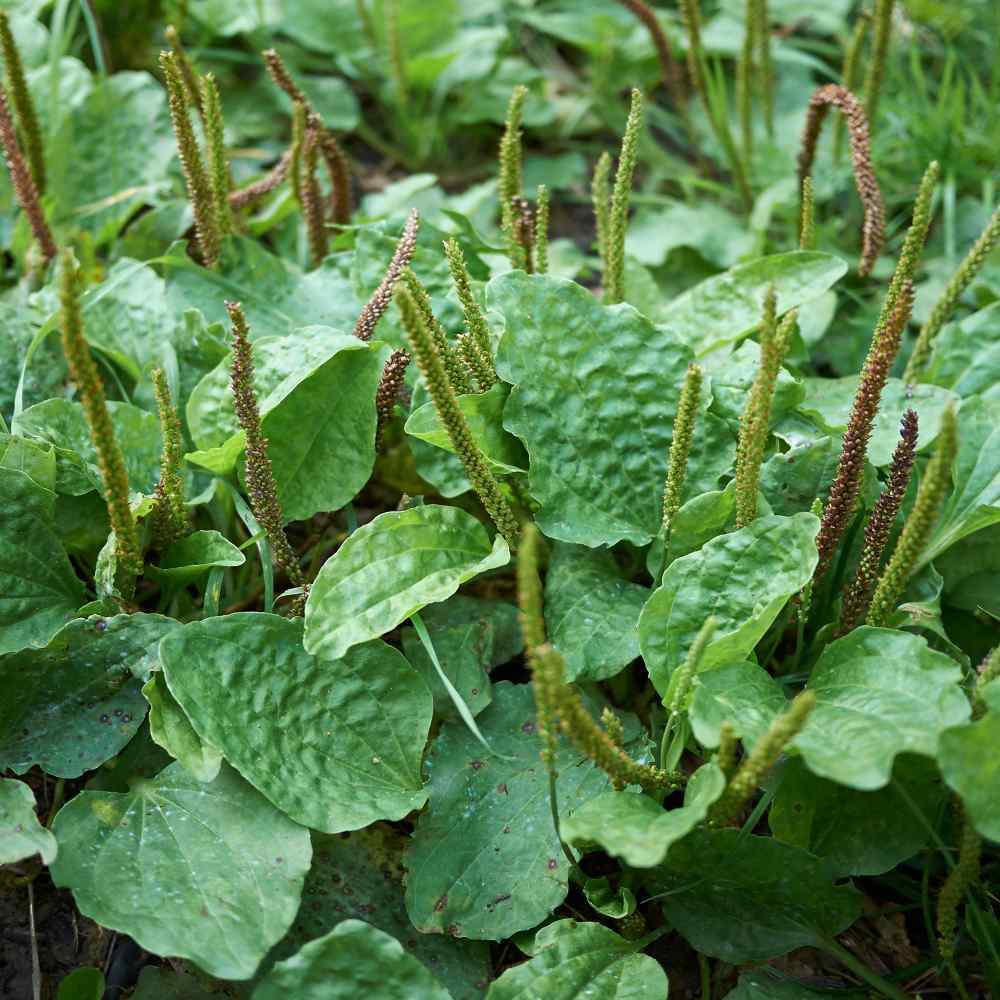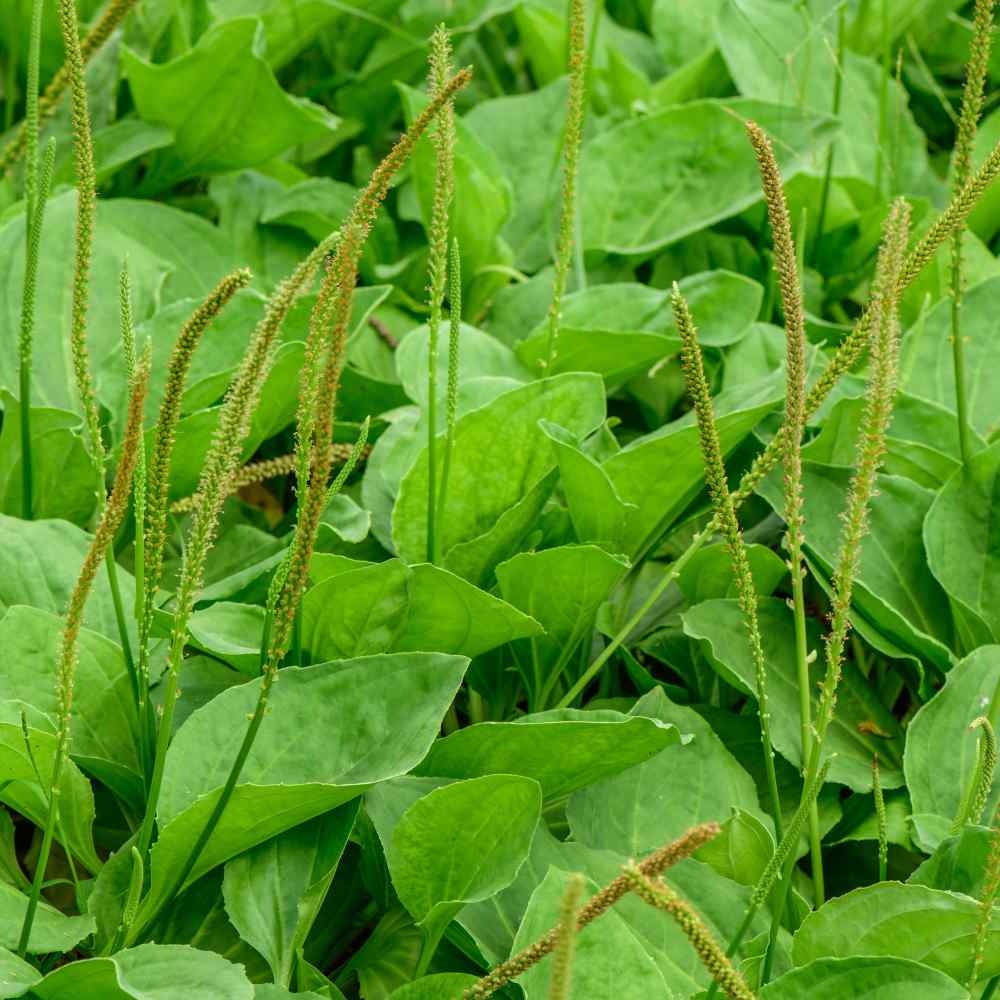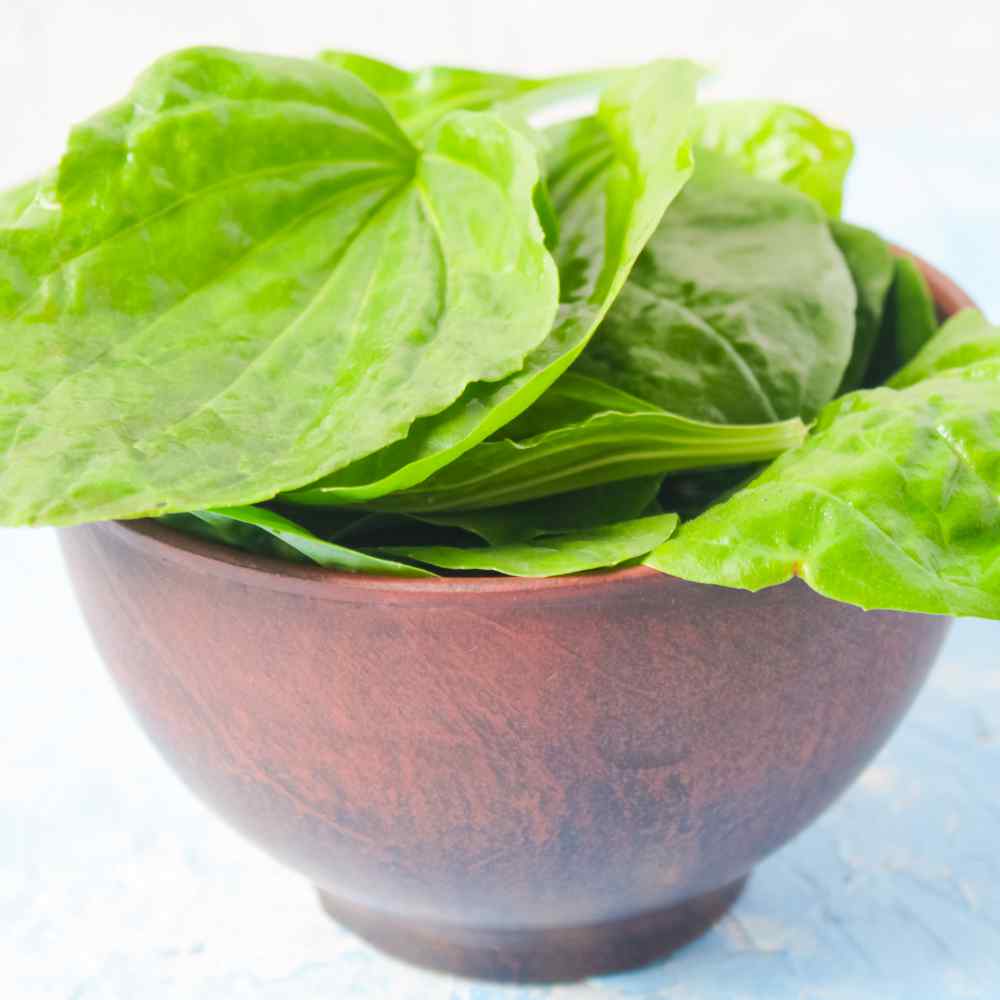Plantain Seeds - Common

Flower Specifications
Season: Perennial
USDA Zones: 3 - 9
Height: 12 inches
Bloom Season: Early summer to early fall
Bloom Color: Green
Environment: Full sun to partial shade
Soil Type: Average soils, pH tolerant 6.6 - 9.0
Planting Directions
Temperature: Sow at 68F, if no germ. in 3 - 4 weeks, move to 24 - 39F for 2 - 4 weeks
Average Germ Time: 21 - 28 days
Light Required: Yes
Depth: 1/16 inch deep
Sowing Rate: 3 seeds per plant
Moisture: Keep seeds moist until germination
Plant Spacing: 15 - 18 inches
Care & Maintenance: Plantain



Common Plantain (Plantago Major Rosularis) - The flowers of Common Plantain are shaped like small green cabbage heads. Plants grow 12 inches tall when in full bloom and are easily grown from herb seeds. The foliage is low growing and green. The name 'Rosularis' means rose-like referring to the look of the flower heads which are shaped like double roses. Common Plantain will self-seed readily by dropping its seeds and forming new Plantain herbs the following spring. Other names for this herb are Greater Plantain and Rat Tail Plantain.
The young, tender leaves of the Common Plantain plant are edible, and can be used as a salad green of cooked and eaten like spinach. The taste is that of very bitter salad greens with a lingering aftertaste not unlike spinach. Plantain herb plants had historical medicinal use as a wound healer and snakebite remedy, and today the Plantain herbs have been found to have scientific merit. The Common Plantain plant is also enjoyed by butterfly larvae and if allowed to seed, birds eat the dried seeds.
How To Grow Common Plantains: In a prepared seedbed, sow the Plantain seeds directly outside in the early spring. Lightly cover the herb seeds with soil and keep moist.































